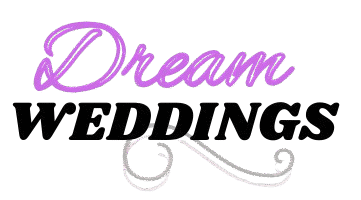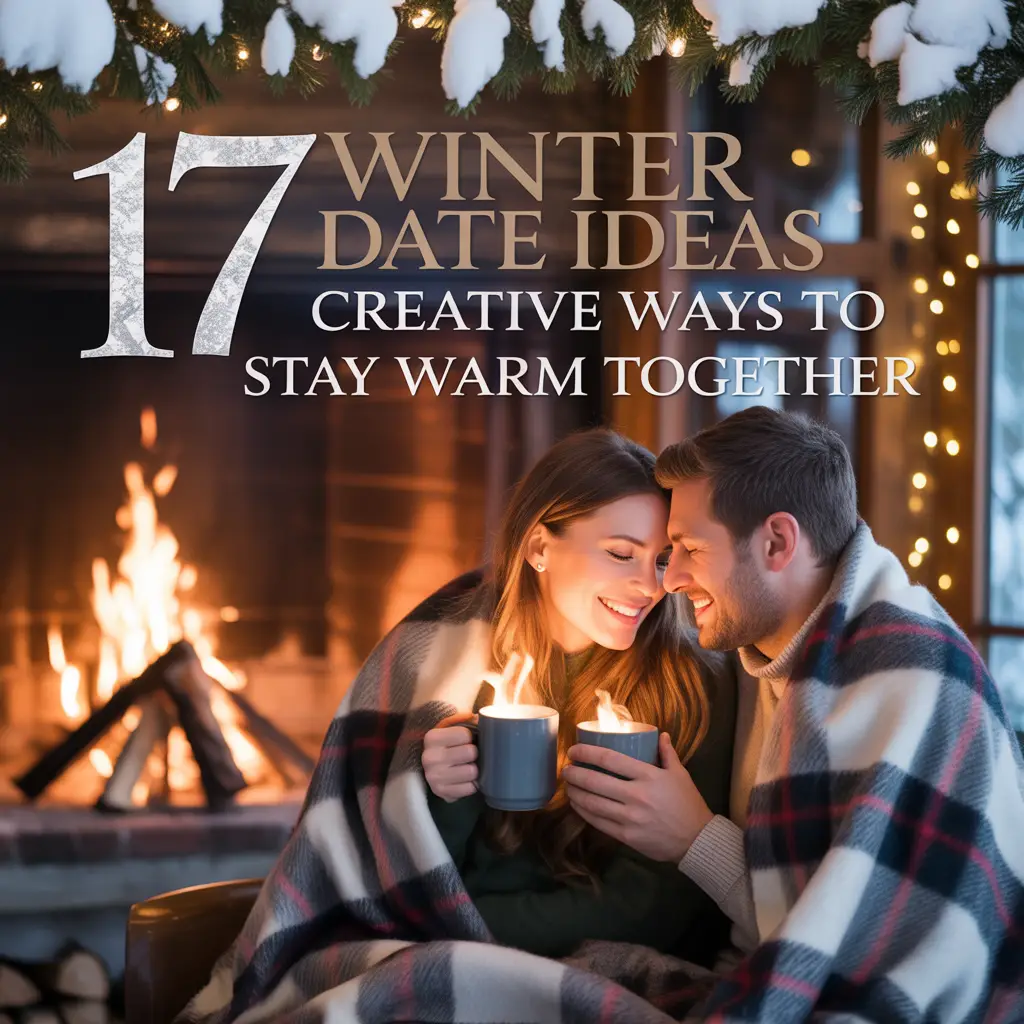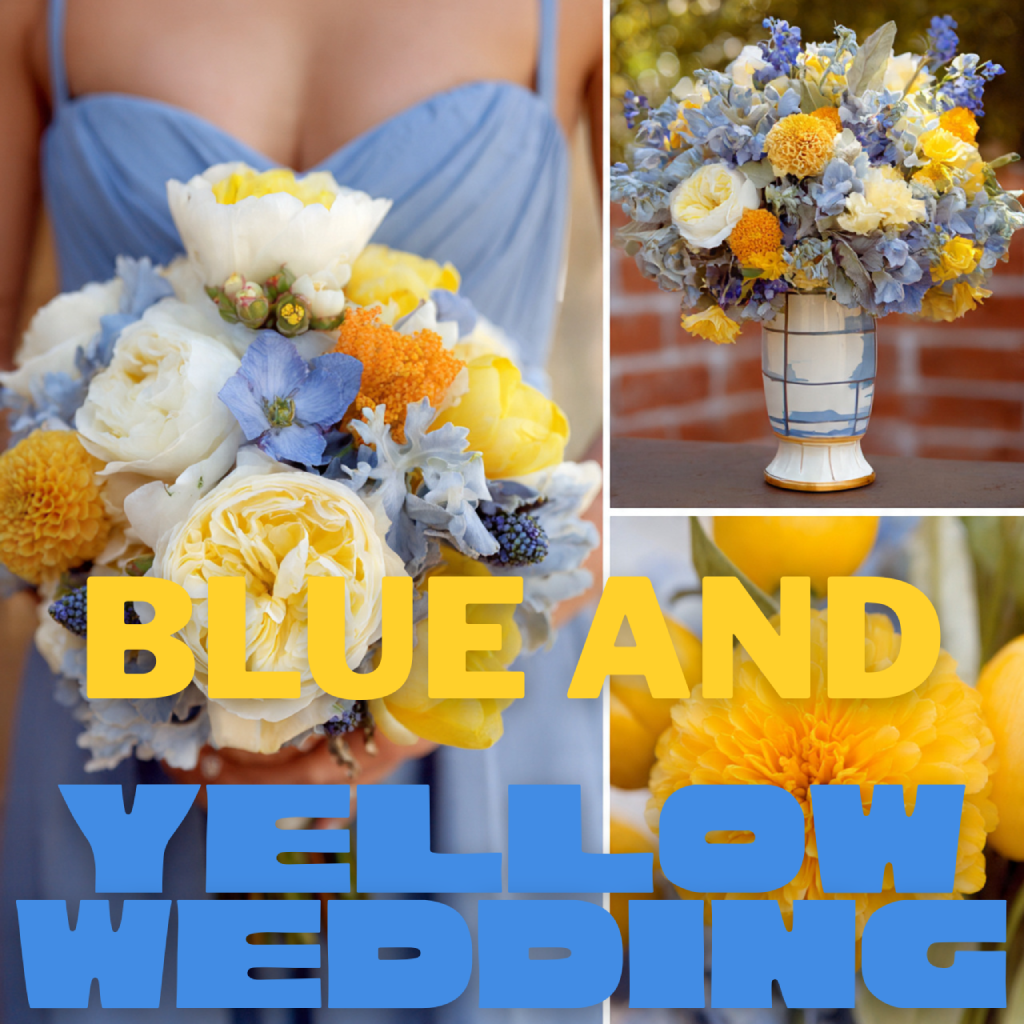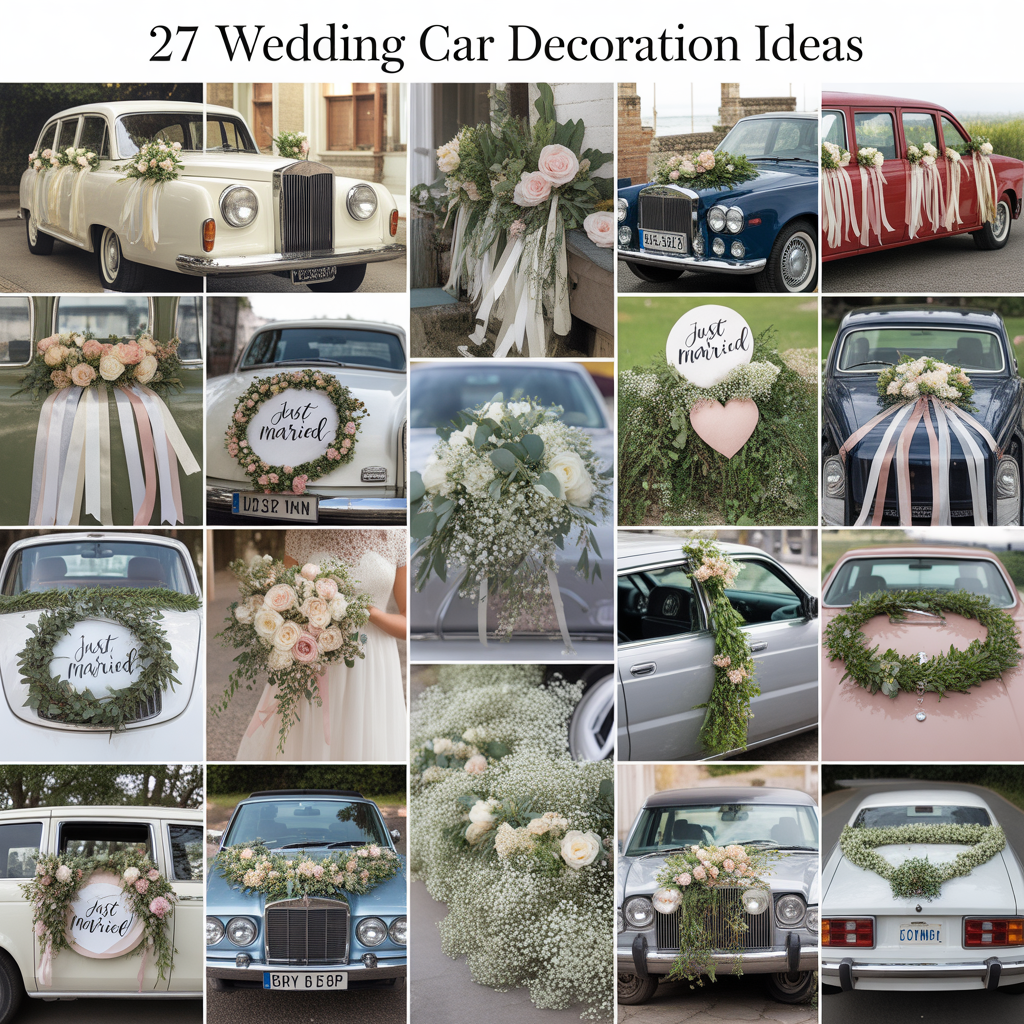12 Elegant Vintage Wedding Cake Designs & Inspiration
There’s a certain poetry in restraint. A Vintage Wedding Cake does not perform for attention; it remembers it already had it once. These cakes belong to eras that understood balance — ornate yet dignified, detailed yet measured. When brides today reach backward through time for inspiration, they do so not from nostalgia but from respect. A vintage wedding cake embodies lineage — heritage of sugar craft, lacework, and structure. It invites discipline and detail in an age obsessed with minimalism. And yet, through modern craft, it endures — elegant, timeless, quietly powerful.
Edwardian Lacework Grace
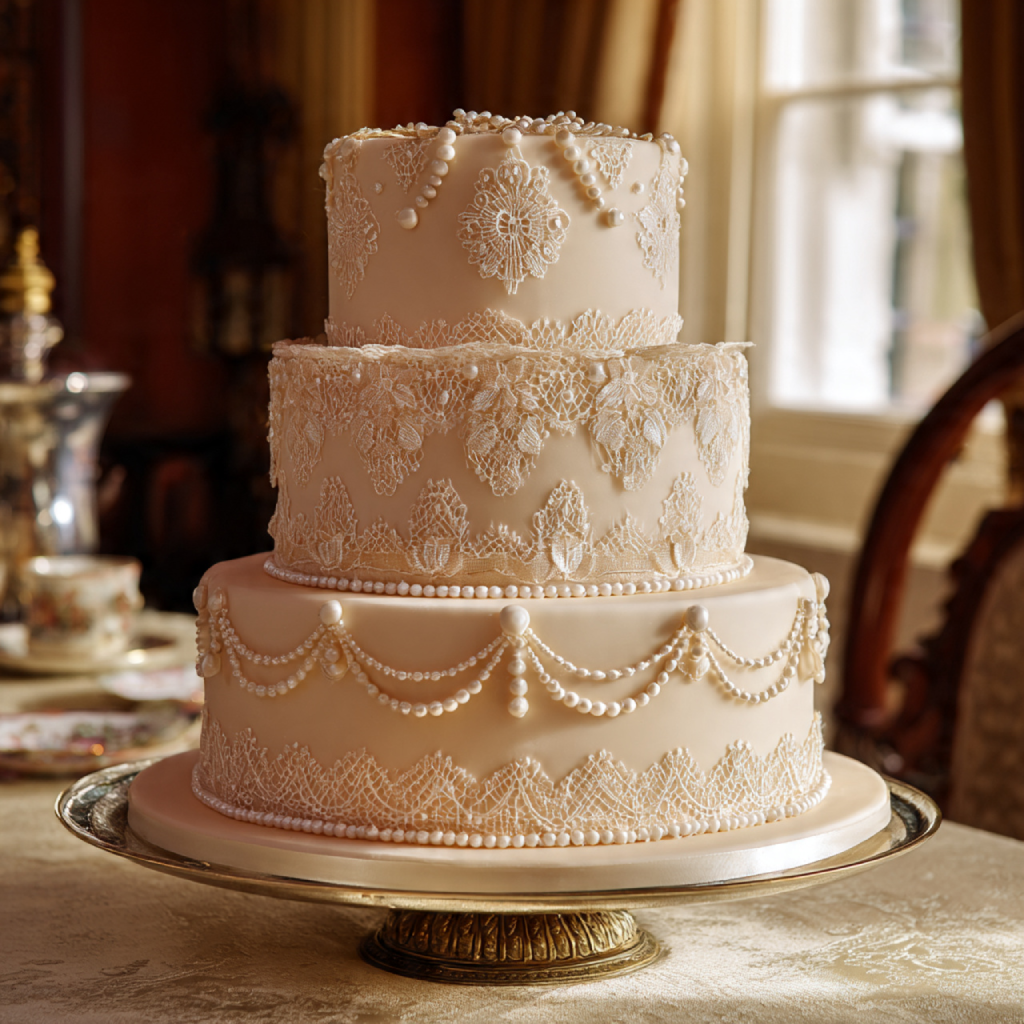
The Edwardian period created an art of subtlety in sugar. Vintage wedding cake designs inspired by this era favor ivory palettes, lace textures, and botanical restraint. Bakers pipe royal icing in repetitive lace filigree — the discipline of geometry and grace in each curve. Edges are scalloped like heirloom linen, often paired with pearl dragees and delicate sugar violets. Brides choosing this style want continuity between dress and dessert — detail mirrored from bodice to buttercream. Though modern fondant makes work smoother, traditionalists still demand hand-piped lace, a slow art that justifies its price. Expect a three-tier vintage wedding cake in this style to range between $300 and $800 depending on complexity.
Victorian Royal Grandeur
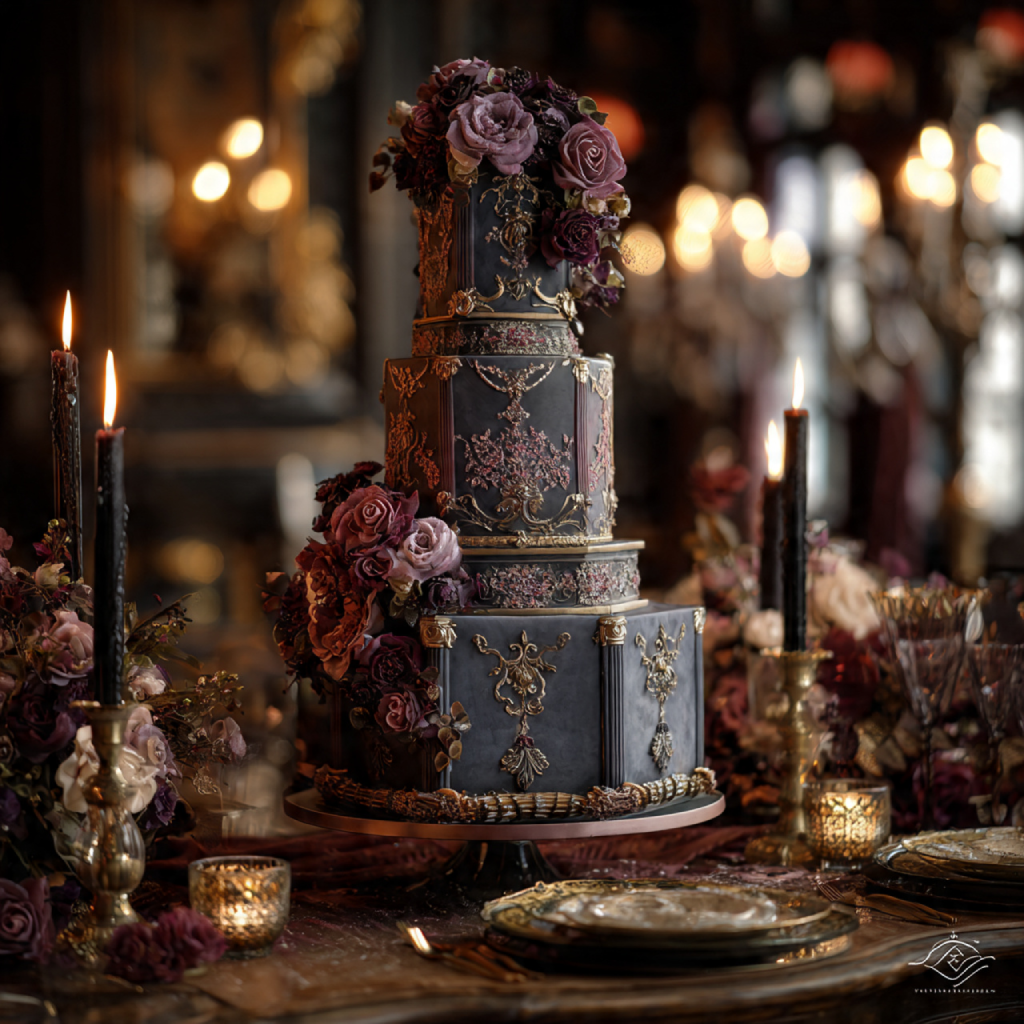
The Victorian vintage wedding cake carries weight — literal and cultural. Historically built on fruitcake foundations dense enough to last months, this style is an ode to endurance. Layers rise with authority, often wrapped in marzipan and finished with intricate scrollwork, royal icing pillars, and sugar florals that mimic porcelain. The aesthetic pairs with candlelit halls and brocade gowns — regal but not indulgent. Today’s bakers reinterpret it using lighter sponge and buttercream interiors, balancing nostalgia with palate. Custom royal-style cakes often require structural supports, commanding prices above $1,000. Yet, for some, tradition is priceless. A vintage-inspired wedding cake like this is a conversation between past and permanence.
Art Deco Geometry Revival
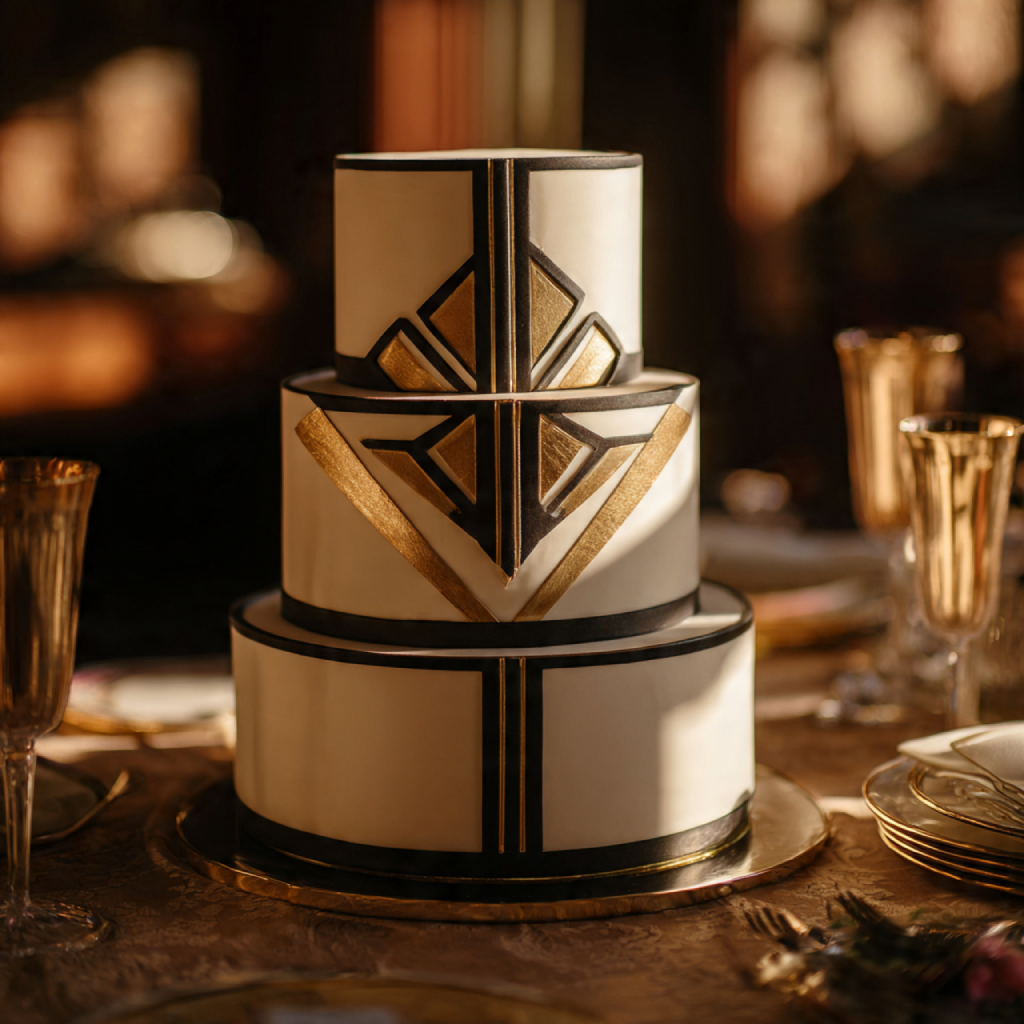
The 1920s birthed precision and rhythm in design — symmetry over sentimentality. Art Deco vintage wedding cakes channel this bold geometry: tiers with angular gold leaf accents, clean diagonals, and deep jewel tones. Black, white, and metallic combinations offer stark modernism wrapped in nostalgia. Brides drawn to this look usually prefer champagne towers, jazz playlists, and choreography over chaos. Sugar sculptors use edible gold paint, mirror fondant panels, and minimal floral presence. It’s beauty through alignment — every edge deliberate. The vintage wedding cake here becomes sculpture, often costing between $600–$1,500 depending on edible metalwork. Few designs photograph as elegantly in candlelight.
Rustic Cottage Lace Charm
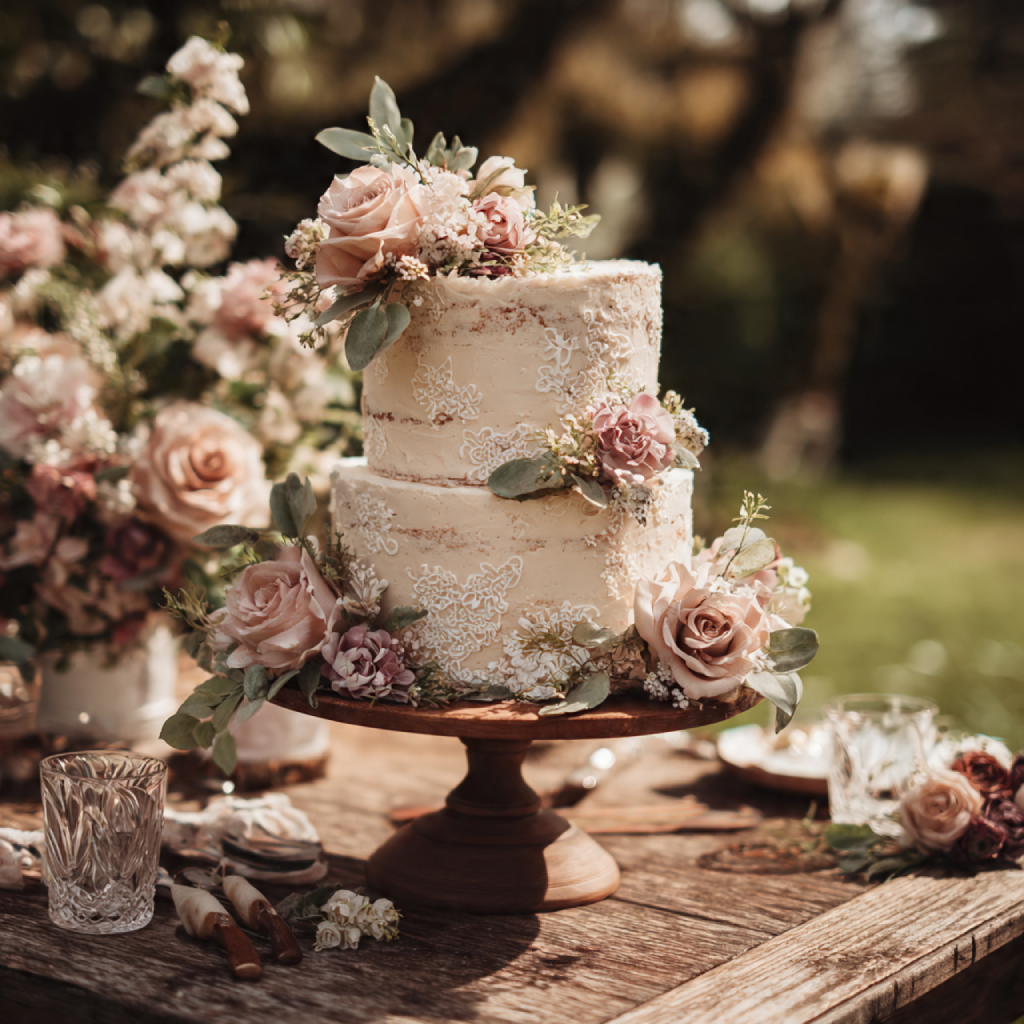
Some vintage wedding cakes whisper instead of proclaim. The rustic English countryside aesthetic blends rough buttercream textures with soft palette tones — faded rose, sage, cream, and lace trim. The style references farmhouse weddings, lace-curtained tea rooms, and garden simplicity. Imperfect frosting finishes are deliberate — a counterpoint to modern sleekness. Paired with handpicked blooms and wooden stands, this cake becomes less artifice, more memory. Flavors lean toward classic — lemon elderflower, vanilla bean, or carrot spice. Brides with modest budgets find this style accessible, usually priced between $250 and $500. A vintage-inspired wedding cake like this isn’t minimal; it’s honest.
Gilded Baroque Opulence
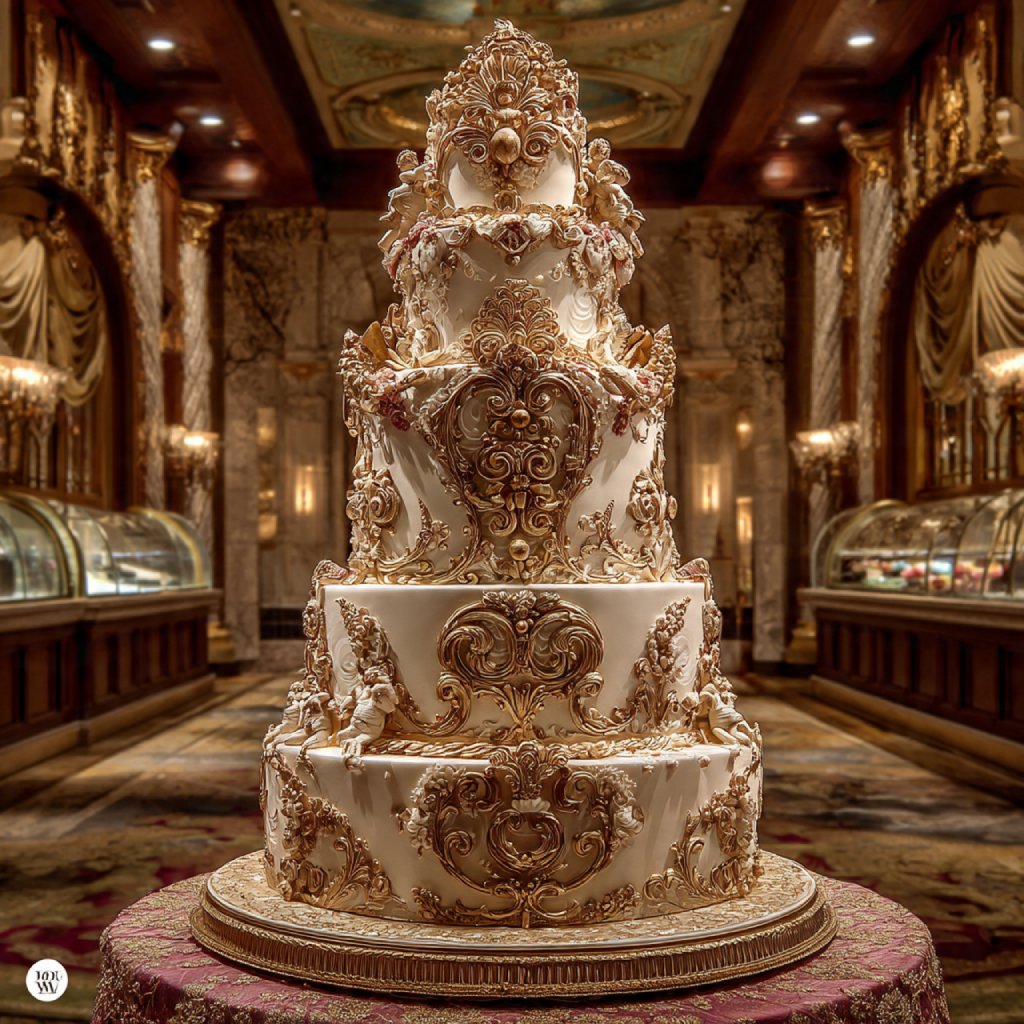
Baroque style refuses humility. A vintage wedding cake in this form celebrates symmetry, scrolls, and gold. The design borrows from 17th-century royal banquets — tiered grandeur, edible gilding, cherub reliefs, and sugar-framed medallions. The look fits ballrooms, chandeliers, and orchestras. Contemporary cake artists achieve this with fondant embossing, edible luster dust, and silicone molds replicating antique frames. The cost reflects the labor: $1,000 to $3,000 for large-scale works. Beneath its formality lies craftsmanship that commands respect. Brides seeking visual drama and heirloom memory often choose Baroque — because nothing whispers history louder than gold against ivory.
Bohemian Vintage Layered Simplicity
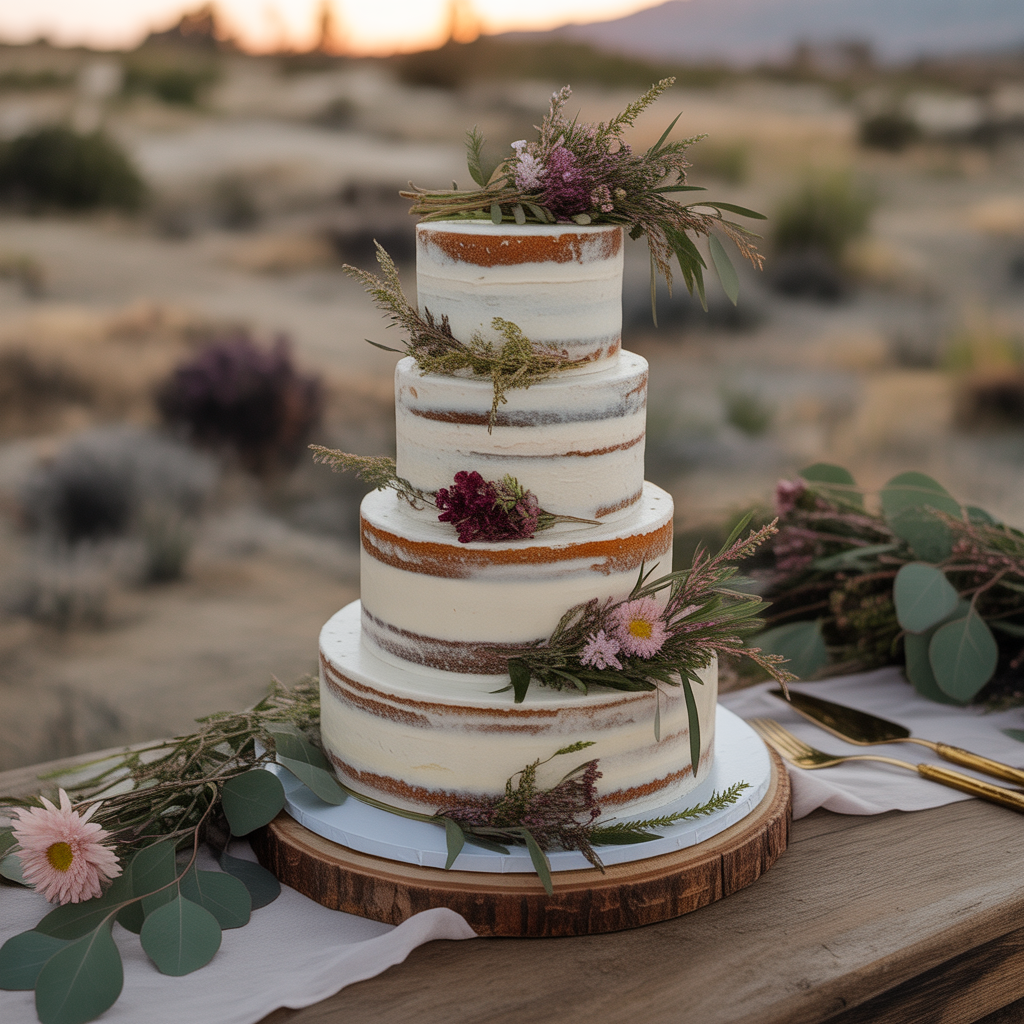
Not all vintage is ornate. The bohemian vintage wedding cake borrows tone from 1970s romantic freedom — unfrosted edges, fresh florals, and layered cream simplicity. It thrives in outdoor weddings, desert venues, and rustic barns. Often called the “semi-naked” cake, it combines natural buttercream spread with exposed sponge, a deliberate imperfection. The look’s power lies in restraint — less sugarcraft, more sincerity. Decor includes eucalyptus sprigs, dried lavender, and linen ribbons. It photographs well under natural light and costs less to produce — around $200 to $400 depending on size. In modern terms, this vintage-inspired wedding cake redefines luxury as authenticity.
Pearl Adorned Elegance

Few textures evoke the past like pearls. A vintage wedding cake adorned with sugar pearls, piped in cascading formations or embedded in lace detailing, embodies silent sophistication. This style finds balance between minimal design and maximal texture. Brides often match pearl accents to accessories — earrings, shoes, or gown embellishment. The key is scale discipline: pearls must look integrated, not imposed. Modern decorators use edible pearl dust for shimmer under soft light. Average pricing for this understated luxury ranges between $350 and $900. It’s a cake that demands quiet admiration — elegance without confession.
Romantic Rococo Whimsy
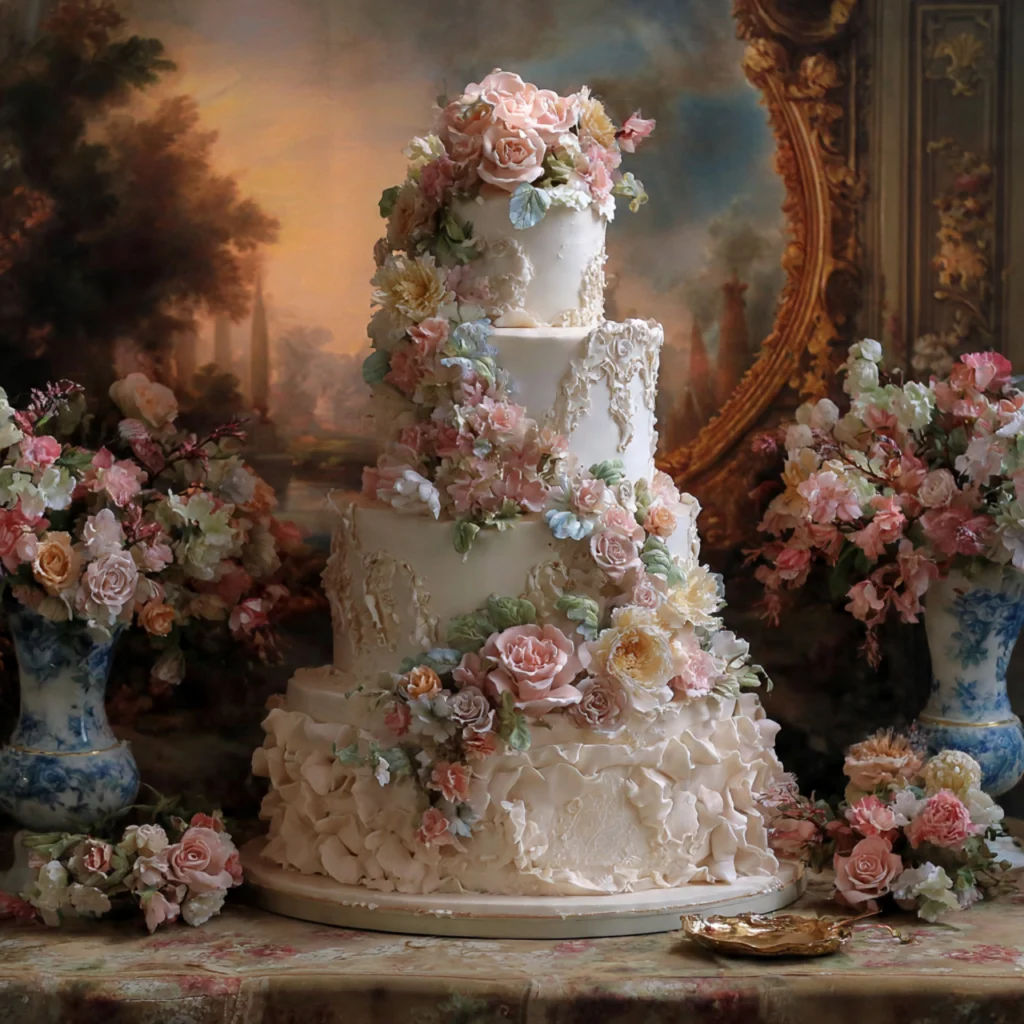
Rococo celebrates movement — asymmetrical, floral, and playful. A vintage wedding cake in Rococo style recalls 18th-century French aesthetics: soft pastel palettes, ornate scrolls, and edible floral cascades. This cake breathes — layers adorned with sugar roses, shells, and ruffles. Brides often align this look with ballroom themes or heritage estates. Today, decorators employ airbrushing and hand-painted techniques to replicate the softness of period murals. Flavors lean classic — almond sponge, rose buttercream, or orange blossom. These intricate designs command $700 to $1,200. A vintage-inspired wedding cake of this style refuses simplicity, yet its excess feels intentional, even poetic.
Pressed Flower Nostalgia
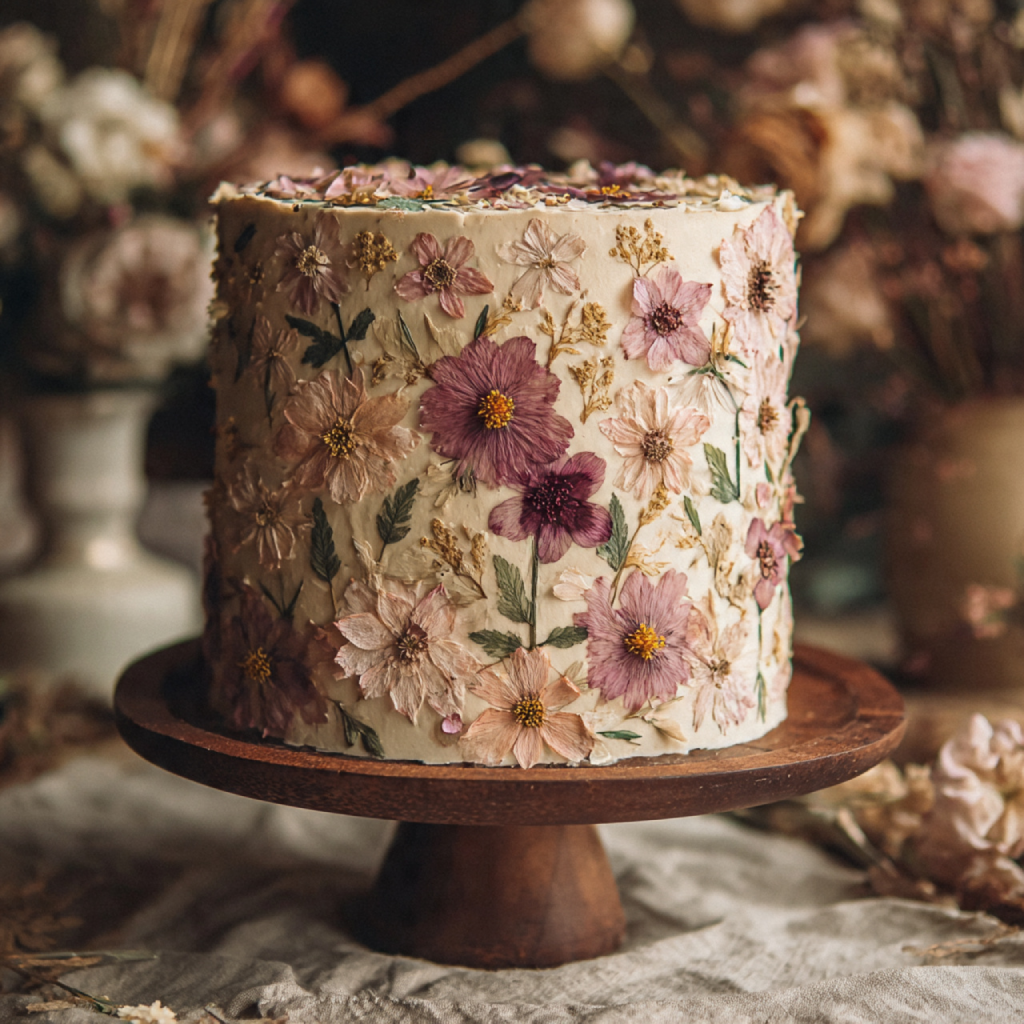
Dried botanicals bring nature’s past into edible permanence. Pressed flower vintage wedding cakes merge organic minimalism with memory — real edible petals sealed onto buttercream walls. The look bridges modern restraint and vintage sentimentality. Brides favor muted palettes — dusty rose, cream, mauve, sage. Each cake becomes unique, depending on the season’s flora. The craft requires precision: flowers must be food-safe, preserved naturally, and positioned with composition in mind. Prices range from $300–$600, varying by scale and flower sourcing. This old-world wedding cake appeals to couples valuing imperfection — the art of aging gracefully, captured in bloom.
Victorian Cameo Detailing
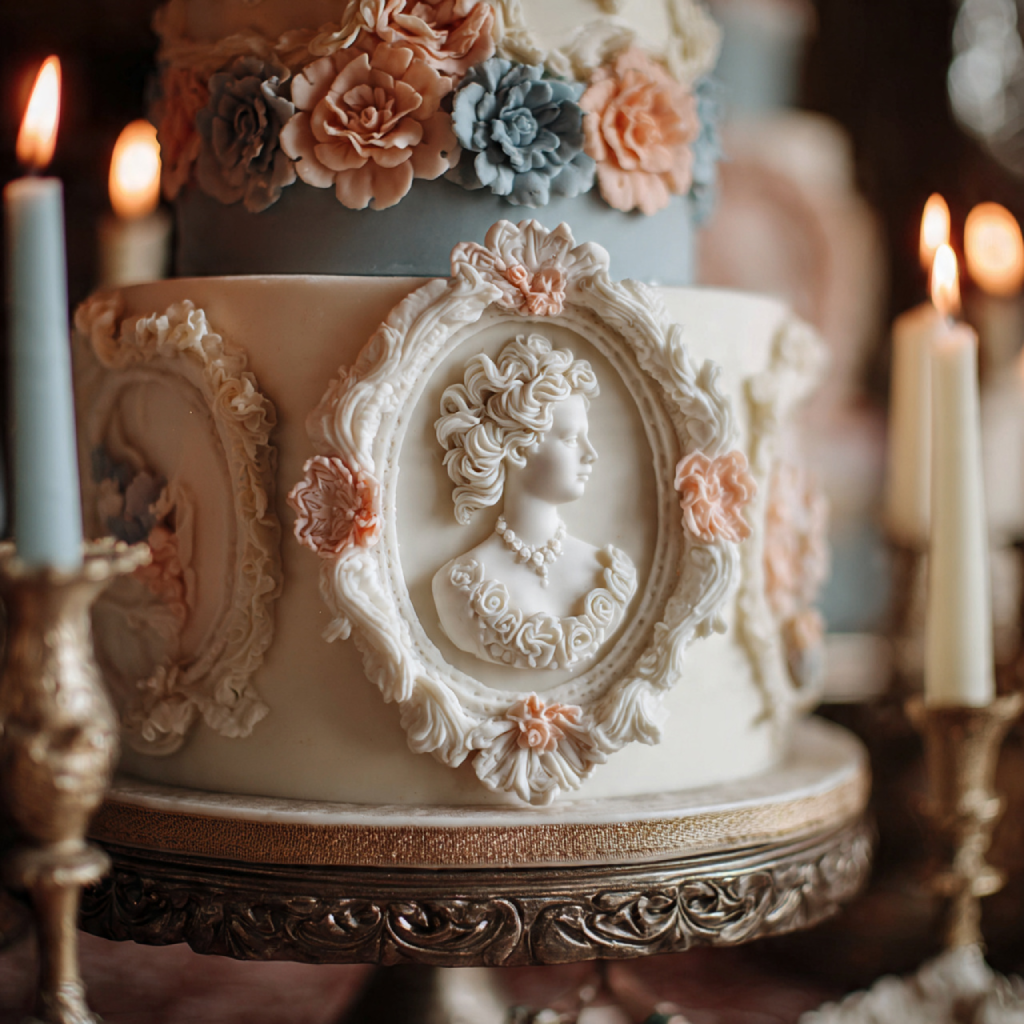
The cameo — carved portrait on sugar oval — defines another era of refinement. A vintage wedding cake using cameo relief introduces portraiture into confectionery. Sugar paste silhouettes or edible transfers capture personal symbols — initials, family crests, or heirloom motifs. Often paired with ruffled tiers and soft pastel bases, this design feels intimate, aristocratic, almost private. It’s suitable for heritage venues or family estates. Cakes of this intricacy average $500 to $1,200 depending on the level of handcraft. The cameo becomes a metaphor for memory — identity carved into sweetness, preserved for a single day that will echo for years.
Hand-Painted Florals Revival
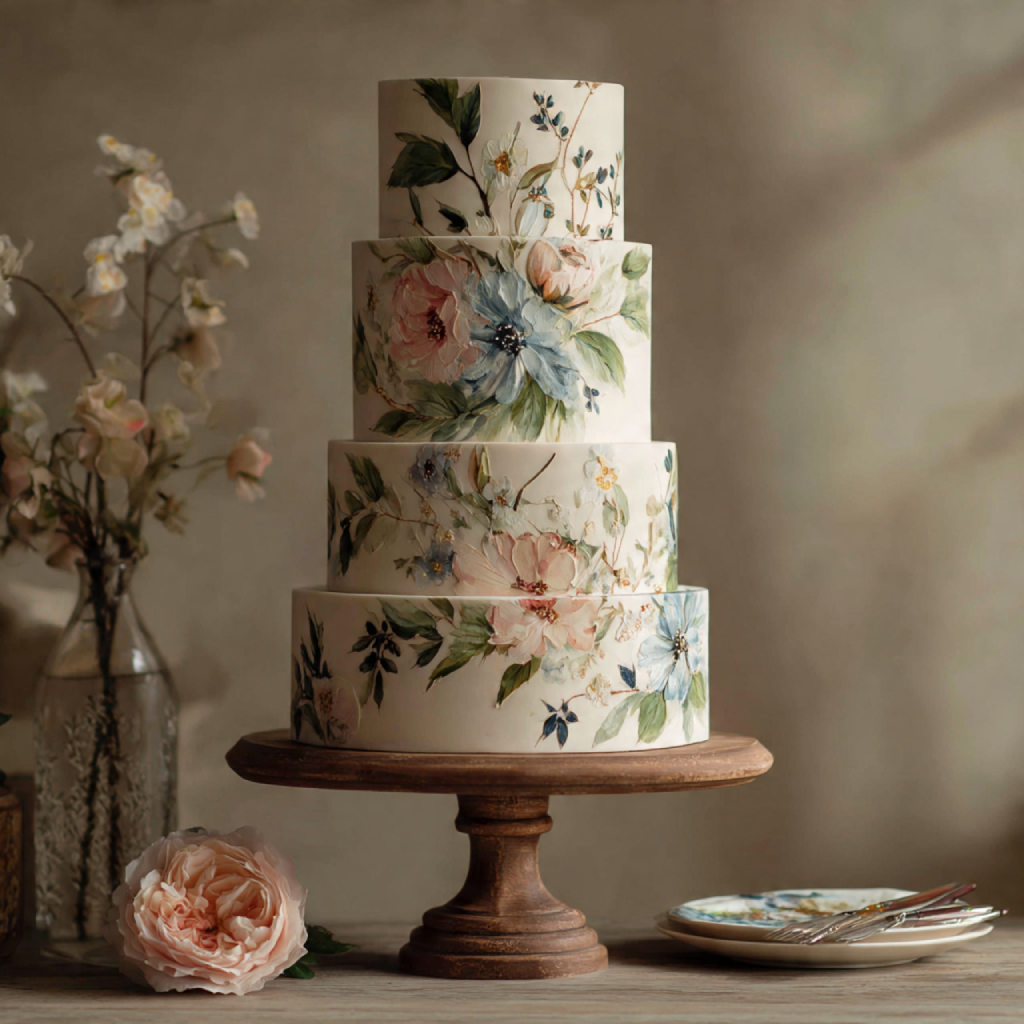
Before edible printers existed, there were brushes and discipline. The hand-painted vintage wedding cake revives that artistry — each tier a miniature canvas of watercolor roses, vines, and pastoral scenes. Modern edible paints and dusts allow for durability without sacrificing detail. The effect feels personal, artisanal, and human — brushstrokes visible, imperfections intentional. Brides often coordinate designs with invitation art or bouquet colors. Cost varies widely ($400–$1,000) depending on painting scale. This vintage-inspired wedding cake merges painterly romance with tactile craft, reminding us that beauty requires touch, not automation.
Antique Metallic Accents

Aging metal and sugar seem incompatible until mastered. Vintage wedding cakes with antique metallic finishes balance shimmer with shadow — brushed bronze, rose gold, tarnished silver. The finish gives dimension, suggesting relics rather than shine. Metallic tiers pair well with matte pastels or lace overlays. These cakes align with moody, industrial-chic weddings or candlelit receptions. Techniques include edible metallic dusting and fondant aging with cocoa powder tones. Expect prices from $600–$1,500 depending on finish complexity. The aesthetic reads as timeless and tactile — not glitter, but patina. It feels aged, not decorated.
Old-World Monogram Grandeur

Monograms once signified family honor, embroidered on linens, carved on doors, and piped on cakes. The old-world vintage wedding cake reclaims that identity — initials intertwined in script icing, surrounded by scrolls or wreaths. Brides who favor this design often see their wedding as legacy, not trend. It aligns with formal decor and heritage photography. Sugar monograms are hand-piped or molded, sometimes gilded for depth. Beneath the formality lies intimacy — two letters defining permanence. Costing around $400–$900, these cakes merge identity and history — edible signatures of union.
Practical Realities of Vintage Wedding Cakes
The artistry of a vintage wedding cake is undeniable, but so is its logistics. Sugar lace, intricate piping, and tiered engineering demand time — often 10–30 hours of labor per cake. Temperature and transport are real risks; most vintage designs use buttercream or royal icing that reacts poorly to humidity. Couples must discuss delivery timelines and refrigeration access with their baker. Additionally, vintage cakes tend toward dense structures — less forgiving in heat, but stable in presentation. When planning, factor in tasting sessions early; traditional flavors like fruitcake or almond may not suit all guests. A vintage-inspired wedding cake is less about modern convenience, more about storytelling through craftsmanship.
FAQs About Vintage Wedding Cakes
Q1: What defines a vintage wedding cake?
A vintage wedding cake is inspired by designs from earlier eras — Victorian, Edwardian, Art Deco, or mid-century. It focuses on ornate detailing, heritage techniques like royal icing, lace piping, or sugar flowers, and a refined sense of nostalgia. The aim is timelessness, not trend.
Q2: How much does a vintage wedding cake cost?
Prices vary widely by complexity and craftsmanship. A small two-tier design starts near $250, while grand royal or Baroque versions can exceed $3,000. Labor intensity — lacework, gilding, hand painting — directly affects cost more than ingredients themselves.
Q3: Which flavors work best for vintage wedding cakes?
Traditional choices include fruitcake soaked in brandy, almond sponge, vanilla buttercream, lemon curd, and rose or orange blossom. However, modern brides often adapt with lighter textures like chiffon or genoise to balance historical aesthetics with contemporary taste.
Q4: Can a vintage wedding cake fit a modern wedding theme?
Yes. Vintage-inspired wedding cakes integrate seamlessly with modern themes by adjusting color palettes and finishes. For example, a Rococo design in ivory and blush complements minimalist décor, while metallic Art Deco fits urban modernity.
Q5: How can couples preserve a vintage wedding cake tier?
Traditionally, a top tier was kept for anniversaries or christenings. Today, freezing methods with airtight wrapping and sugarcraft protection allow couples to preserve tiers for months. However, fondant and buttercream stability must be considered — consult your baker before storage.
Conclusion
A Vintage Wedding Cake is not a trend. It’s a manifesto of patience and respect for craftsmanship. Each lace line, each pearl, each sugar petal reflects time — both the hours invested and the eras remembered. In a culture racing toward simplicity, these cakes hold ground for beauty earned through effort. They resist disposability. Whether shaped by Victorian grandeur, Art Deco discipline, or rustic nostalgia, a vintage-inspired wedding cake becomes more than dessert — it becomes a quiet monument to continuity.
Every slice carries memory. Every crumb echoes history. And when the candles fade and the music slows, the cake remains — still, beautiful, certain — a sculpture of sugar and legacy.
